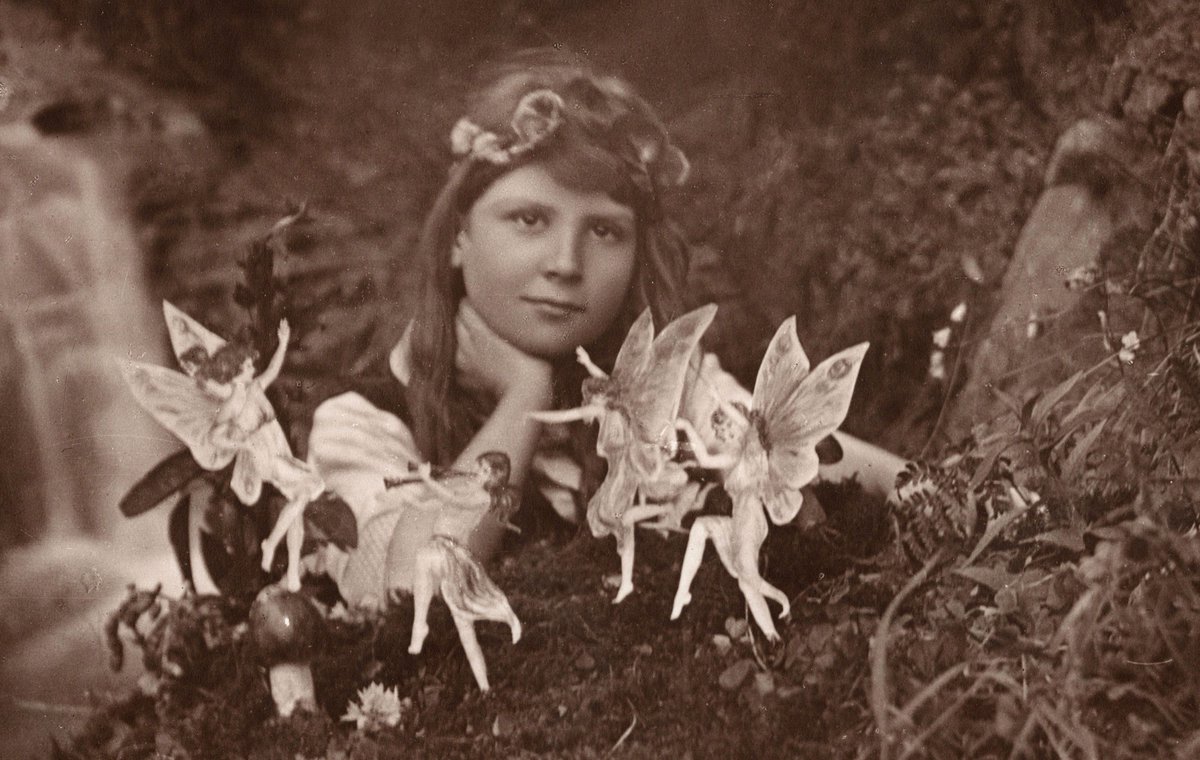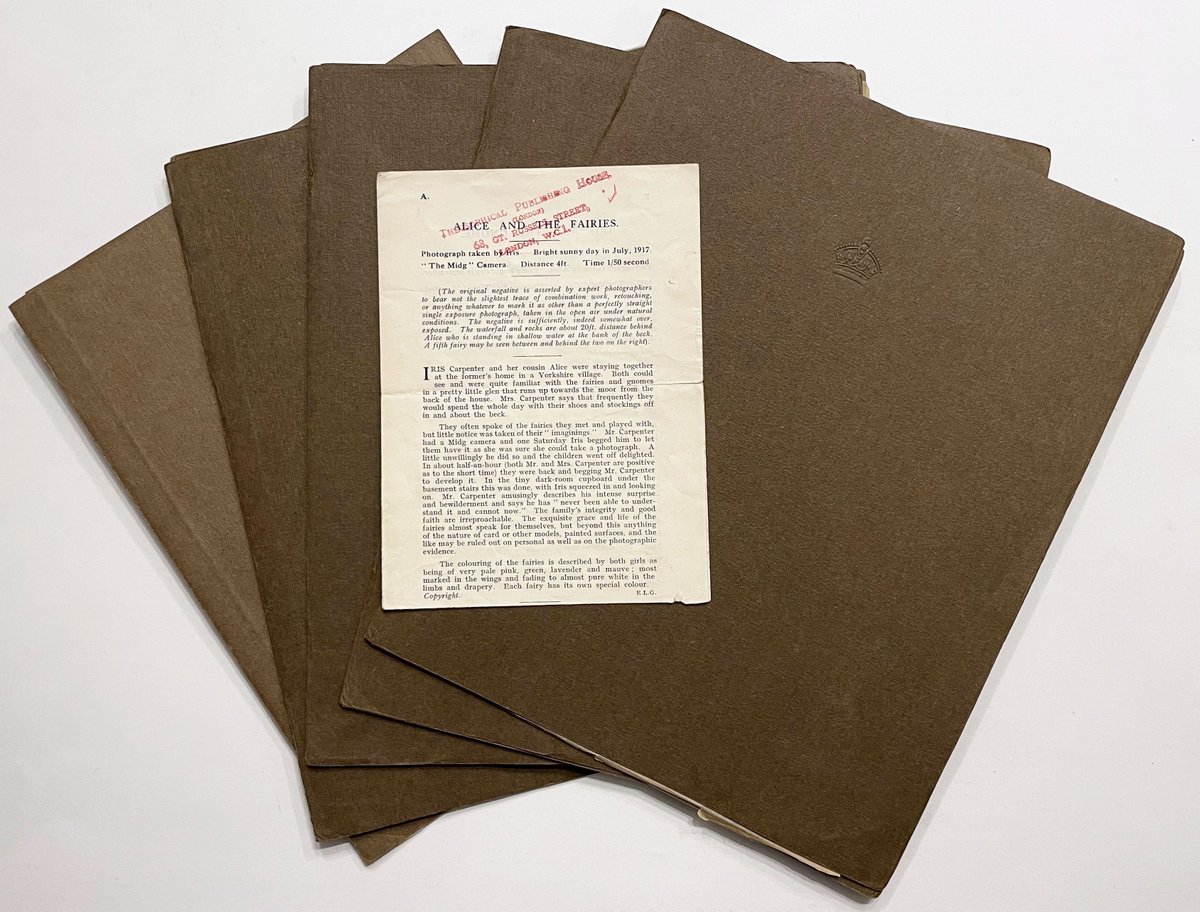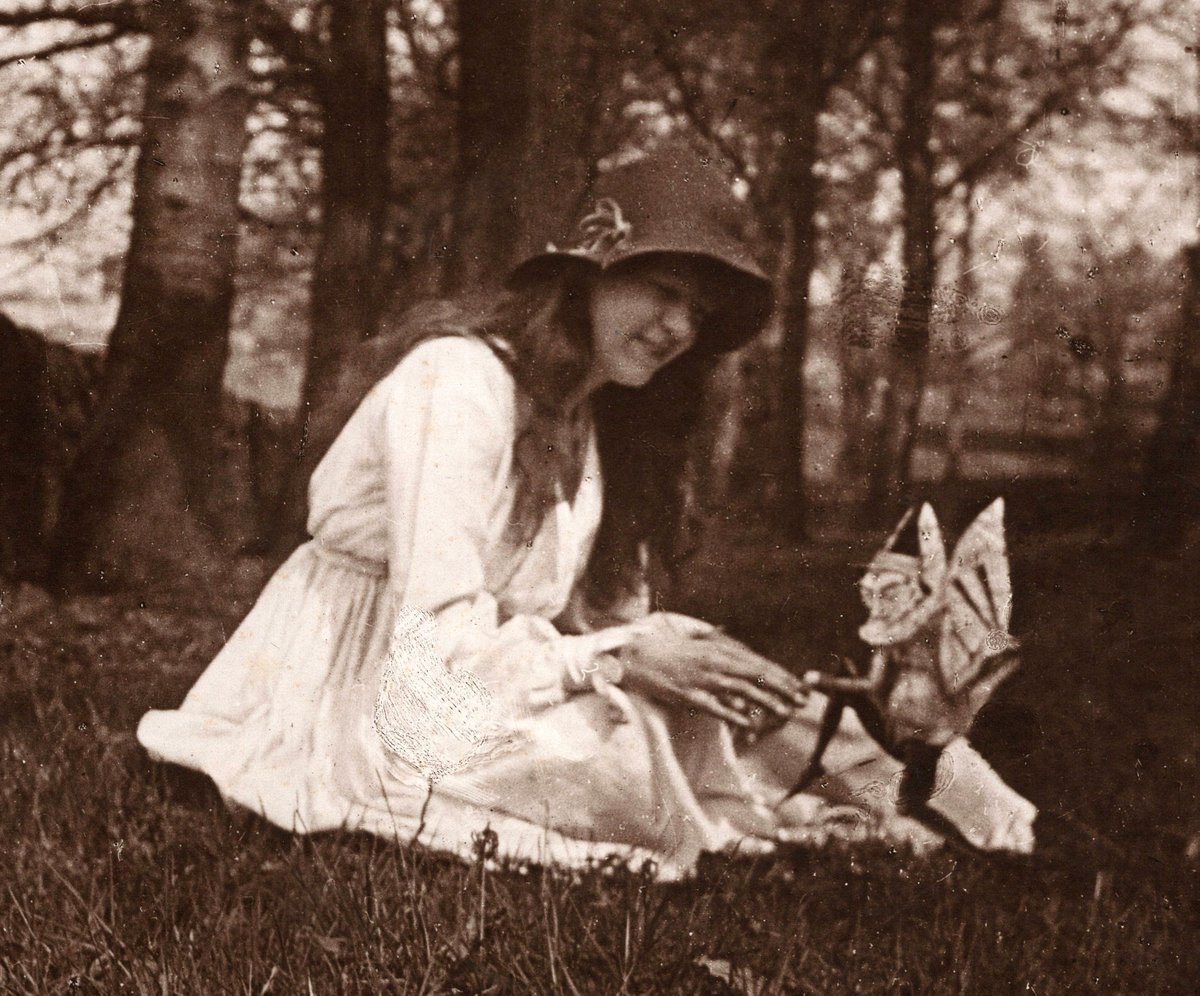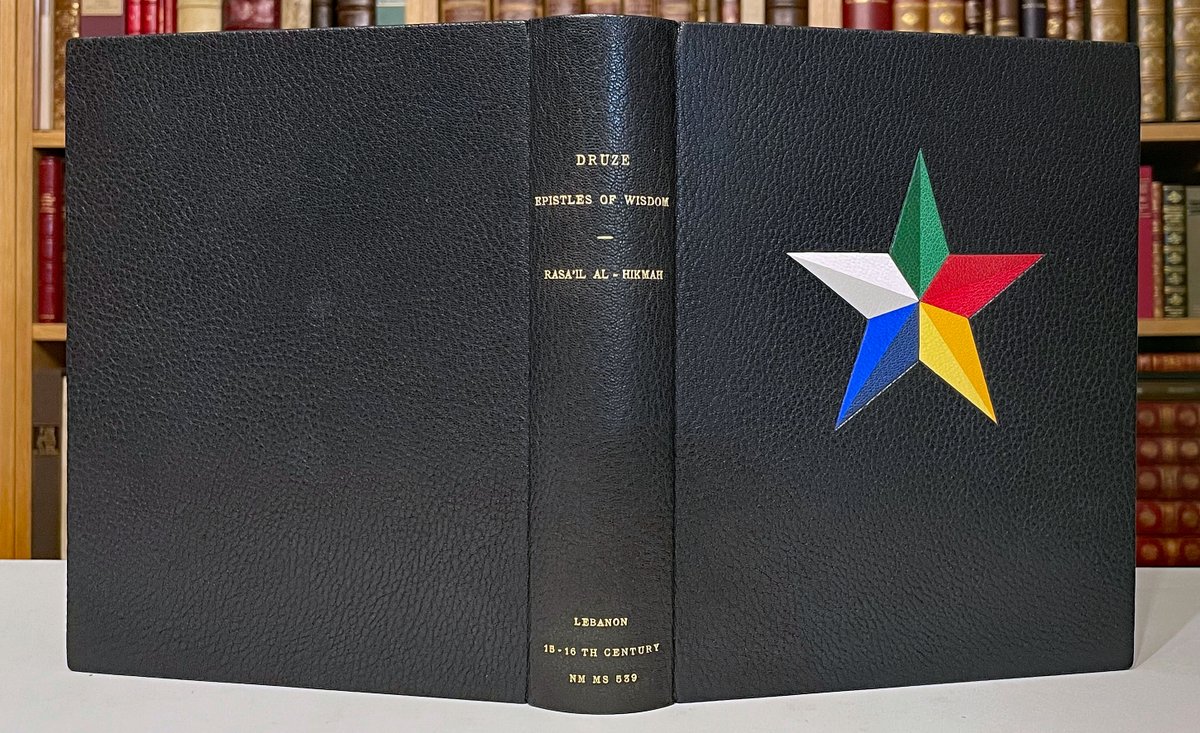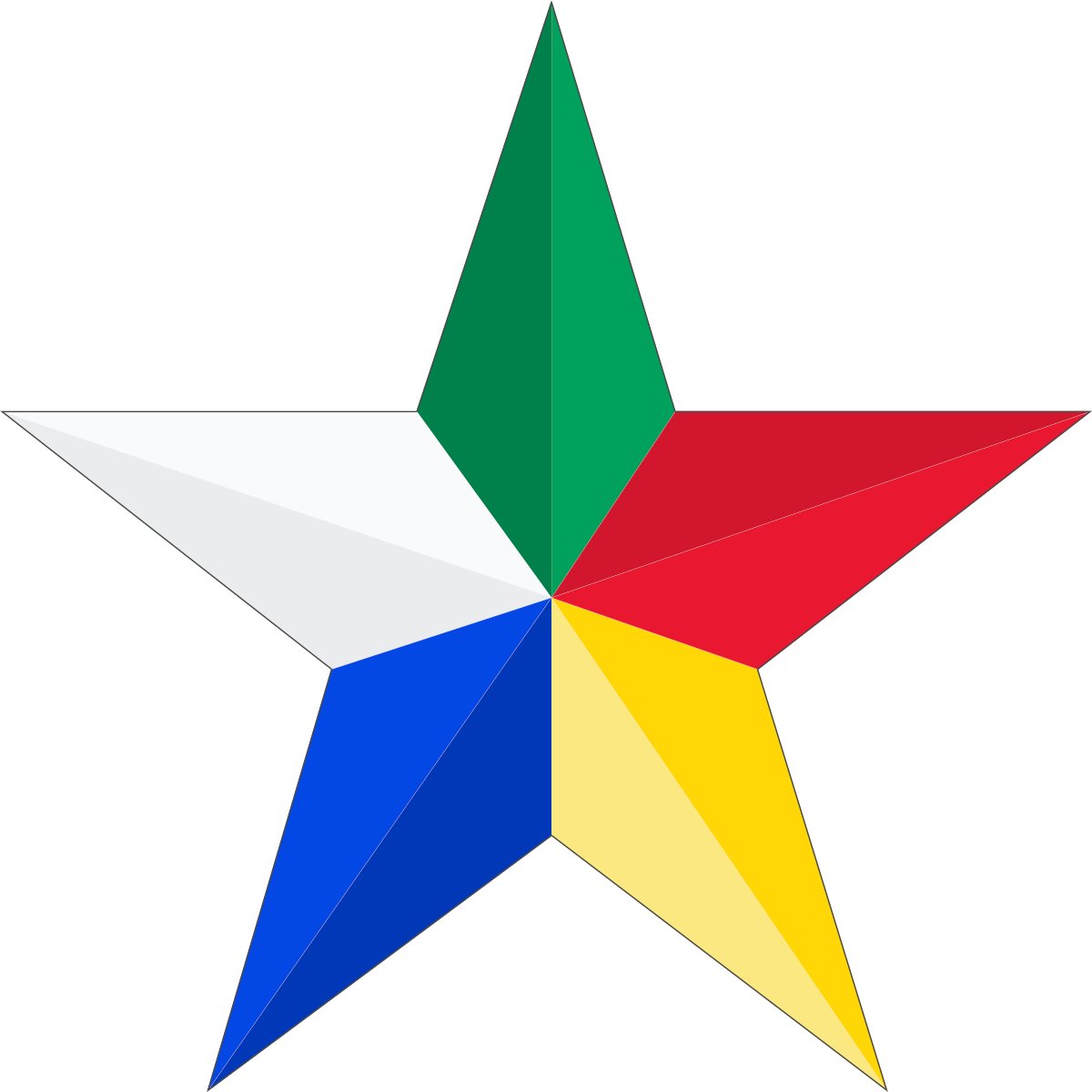
... and, incredibly, the same Gutenberg leaf has been flipped AGAIN, for the 3rd time, and just fetched a remarkable $162 500 at Heritage Auctions, more than FOUR TIMES what it fetched on eBay just a few months ago [helped, no doubt, by @HeritageAuction's misleading description]. 
https://twitter.com/incunabula/status/1372928315569414155

By describing the 2 initials with the throw-away phrase "supplied as usual", @HeritageAuction fails to make clear that the original initials were cut out, and that not only have the initials been recreated, but the paper around them is entirely replaced.
historical.HA.com/itm/books/-bib…
historical.HA.com/itm/books/-bib…
It's not just the initials that have been recreated. The underlying paper has been replaced, and the text on the reverse side of that paper has ALSO been recreated in manuscript. This is heavily restored leaf and should rightly only be worth 50-60% of the price of a perfect leaf.
This was explained perhaps more clearly in this previous tweet of mine, when this same Gutenberg leaf was on another auction a couple of months back. Ironically, this photograph, taken from the original eBay listing, is the ONLY one that really shows the true state of the leaf. 



The leaf was printed on both sides. So when you cut out a chunk - or two chunks as on this leaf - you lose the original text on BOTH sides of the now absent paper. Both the initials here, and the text on the direct reverse side of the initials, are modern facsimile replacements.
Many incunables - especially very early ones - were printed with blank spaces left for the large initial letters to be added in manuscript. The usual meaning of the term "initials supplied" as used by @HeritageAuction is that these initials have been added in the modern era. 1/2
But "initials supplied" (without further qualification) does NOT usually mean (as here): "original initials cut out entirely, paper has been restored and replaced, new initials supplied and the text on the reverse of the replaced paper restored in modern manuscript facsimile" 2/2
If you're looking at this thread because you know Heritage Auctions only from their sales of comic-books: if Gutenberg leaves were graded by a third party organization in the way that comic books are, this leaf would have been encapsulated and given a 1.5 rating (at best) by CGC.
On the Nate Sanders auction in March, this leaf got zero bids, with a reserve of $60k. The description then was also misleading, but not as bad as HA. It's hard to see this as a simple mistake, rather than as a calculated effort to mislead as far as one can legally get away with.
In short: this Gutenberg leaf fetched $36k on eBay with a more or less accurate description in March. It was then offered for $60k on another auction later in March with a misleading description & was unsold. It's now sold on HA for $162k with an even more misleading description.
• • •
Missing some Tweet in this thread? You can try to
force a refresh






